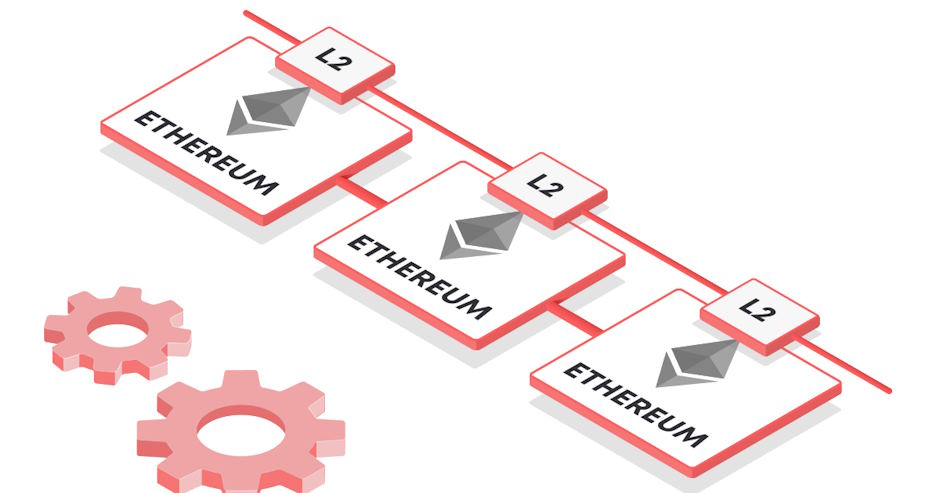
Scaling Solutions: How Proof of Stake Addresses Scalability Challenges
— February 19, 2023Blockchain technology, once hailed as a revolutionary innovation, now faces the crucial test of scalability. The very attributes that underpin its security and decentralization – the hallmarks of blockchain’s appeal – have presented obstacles to achieving high-speed, high-volume transactions. The rising demand for blockchain applications, from decentralized finance (DeFi) to non-fungible tokens (NFTs), necessitates solutions that can unlock the full potential of this technology. In response, Proof of Stake (PoS) has emerged as a beacon of promise, offering a path to overcoming scalability limitations while ushering in a new era of energy efficiency and network participation incentives.
PoS as a Solution to Scalability Challenges
Proof of Stake (PoS) has emerged as a promising solution to the longstanding scalability challenges faced by traditional blockchain networks. This innovative consensus mechanism offers several key advantages that directly address these issues.
Reduced Energy Consumption and Environmental Impact
Unlike the energy-intensive Proof of Work (PoW) mechanism, PoS drastically reduces the energy consumption required for network operations. By eliminating resource-intensive mining processes, PoS minimizes the carbon footprint associated with blockchain transactions. This shift not only aligns with global sustainability goals but also makes blockchain technology more accessible and environmentally friendly.
Elimination of Resource-Intensive Mining Processes
PoS does away with the resource-intensive mining processes that often lead to network congestion and slow transaction times in PoW-based systems. In PoS, validators are chosen based on the number of tokens they “stake” as collateral. This eliminates the need for energy-intensive computations and allows for faster transaction confirmations, leading to improved network efficiency.

Enhanced Transaction Throughput and Lower Fees
By design, PoS increases the transaction throughput of blockchain networks. This results in faster confirmation times and a significant reduction in transaction fees. Users benefit from a more cost-effective and efficient system, opening up avenues for microtransactions and broader adoption across various industries.
Incentives for Network Participation and Security
PoS introduces economic incentives to encourage users to participate actively in network operations. Validators who maintain the network’s security and integrity are rewarded with transaction fees and newly minted tokens. This system promotes a higher level of network security, as validators have a vested interest in maintaining the system’s health.
Successful PoS-based Blockchains
Several PoS-based blockchains have demonstrated remarkable success in addressing scalability challenges and enhancing the overall blockchain ecosystem.
Ethereum 2.0: Shifting from PoW to PoS
Ethereum, a pioneering blockchain platform, is making a significant transition from PoW to PoS with Ethereum 2.0. The introduction of the Beacon Chain and shard chains marks a fundamental shift in the consensus mechanism. This approach enhances scalability by parallelizing transactions across multiple shard chains, leading to improved throughput and reduced congestion. The PoS system in Ethereum 2.0 also minimizes energy consumption compared to PoW, aligning with sustainability goals.

Hybrid Solutions: Merging PoS and PoW
The quest for a scalable, secure, and decentralized blockchain has led to the emergence of hybrid solutions that blend the strengths of both Proof of Stake (PoS) and Proof of Work (PoW) consensus mechanisms.
Combining the Strengths of Both Consensus Mechanisms
Hybrid PoS/PoW blockchains aim to capitalize on the advantages offered by both PoS and PoW. While PoS brings energy efficiency and faster transactions, PoW contributes robust security through its computational puzzle-solving. By merging these mechanisms, hybrid blockchains strive to strike a delicate balance that can address the trilemma of scalability, security, and decentralization.
Examples of Hybrid PoS/PoW Blockchains (e.g., Decred)
Decred stands as a notable example of a successful hybrid PoS/PoW blockchain. By combining PoW for block validation and PoS for decision-making and governance, Decred achieves a unique consensus protocol. PoW maintains security, while PoS ensures a decentralized decision-making process. This hybrid approach empowers the community and minimizes the influence of large mining pools, contributing to a more democratic ecosystem.
Achieving Security, Decentralization, and Scalability Balance
The hybrid model offers a promising avenue to tackle the inherent trade-offs of PoS and PoW individually. Security vulnerabilities in PoS networks can be mitigated by incorporating PoW’s robustness, while PoW’s energy-intensive nature can be offset by PoS’s energy efficiency. Moreover, the combination seeks to create a blockchain that can adapt and evolve while maintaining a decentralized nature.





